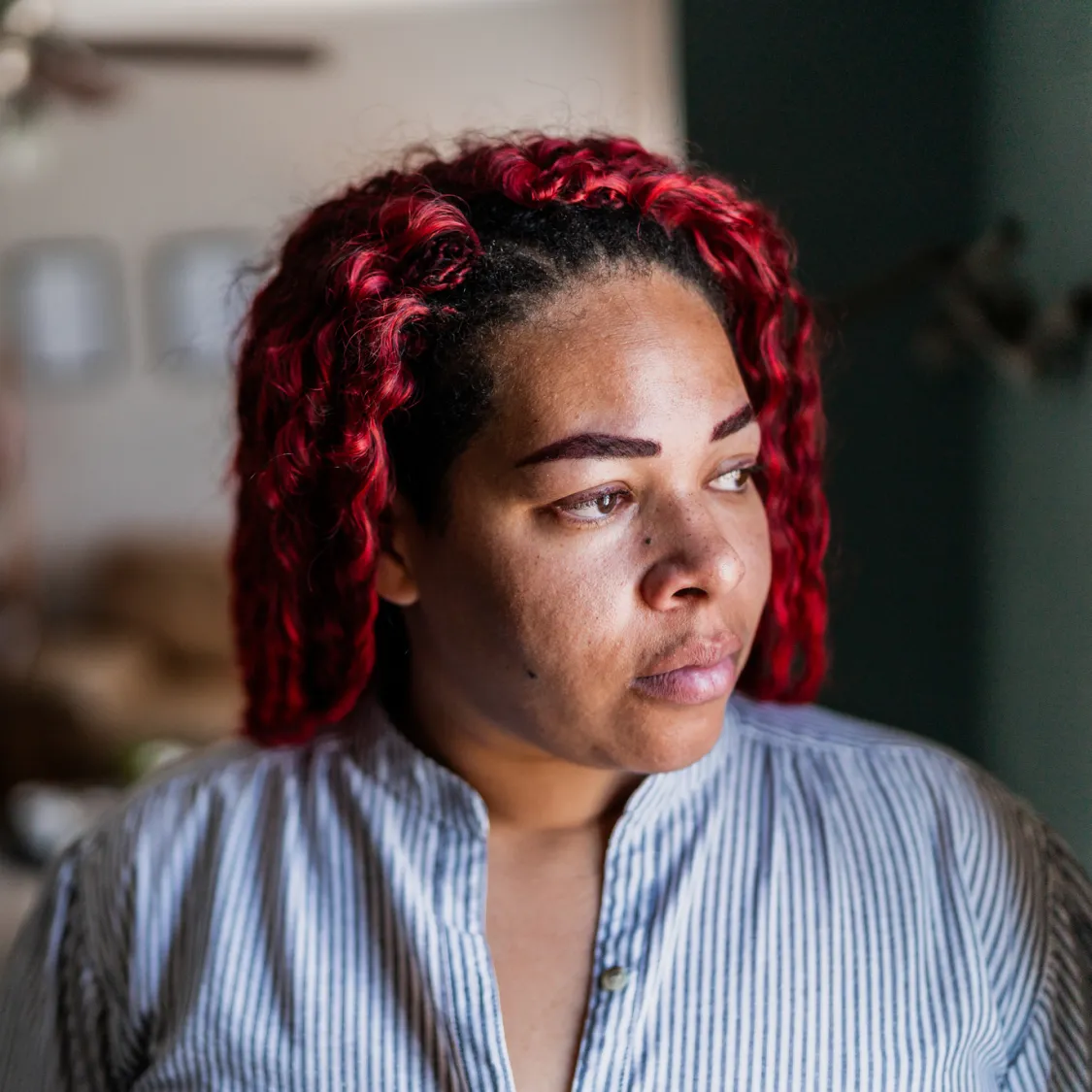Understanding what both absolute and relative risk mean is important because everything we do carries some risk. Drinking alcohol can increase your risk of developing certain health conditions – and the more you drink, the more that risk is likely to rise. Making informed choices about your drinking means knowing the odds and what you can do to reduce your potential for harm.
What is absolute risk?
This describes the odds that something will happen, whether it’s being struck by lightning, contracting a disease or winning the lottery. It can represent risk during a day, a year or your lifetime.
For example, one out of every 77 car crashes in the United States is fatal. Therefore, if a car crash were to happen, the absolute risk of it being fatal is one in 77 or 1.3%. This doesn’t address the risk of getting into a car crash generally, just the risk of having a fatal car crash if you have one at all.
What is relative risk?
This is a way of comparing risk under two different conditions. It can be between two groups of people who engage in different activities, or a comparison of how risky something is under two different conditions.
Let’s use our example again. According to research (1), compared with driving in good weather, the risk of a fatal car crash increases with the amount of rain that’s falling. As the risk of a fatal crash increases by 27% when it drizzles, that’s a 27% increase in relative risk. In heavy rain, the risk of a fatal car crash is two and a half times higher than in good weather, so the relative risk is 250%.
So, what does that mean for the ‘real’ risk of crashes when driving in rainy weather? That’s a product of both absolute and relative risk.
- If you have a car crash in good weather, your chance of it being fatal to you or someone else, as we established before, is one in 77 or 1.3%.
- Therefore, if you have a car crash in drizzly weather, the chance of it being fatal increases by 27%. So your overall odds of any car crash you have being fatal are one in 61 or 1.65%.
- If you have a car crash in heavy rain, the odds of it being fatal increase by 250%, making your risk of a fatal car crash one in 31 or 3.25%.
These same principles apply to how drinking alcohol affects risk, and there are ways to lower the risk of potential harm. Everyone is different and the impact of drinking will always be riskier for some than others – but, as a general rule, staying within the recommended limits set out in government guidelines is best. These have been created using the science on drinking and health to help you make informed decisions. If you’re worried about your own or someone else’s drinking, though, you should consult a medical professional.





